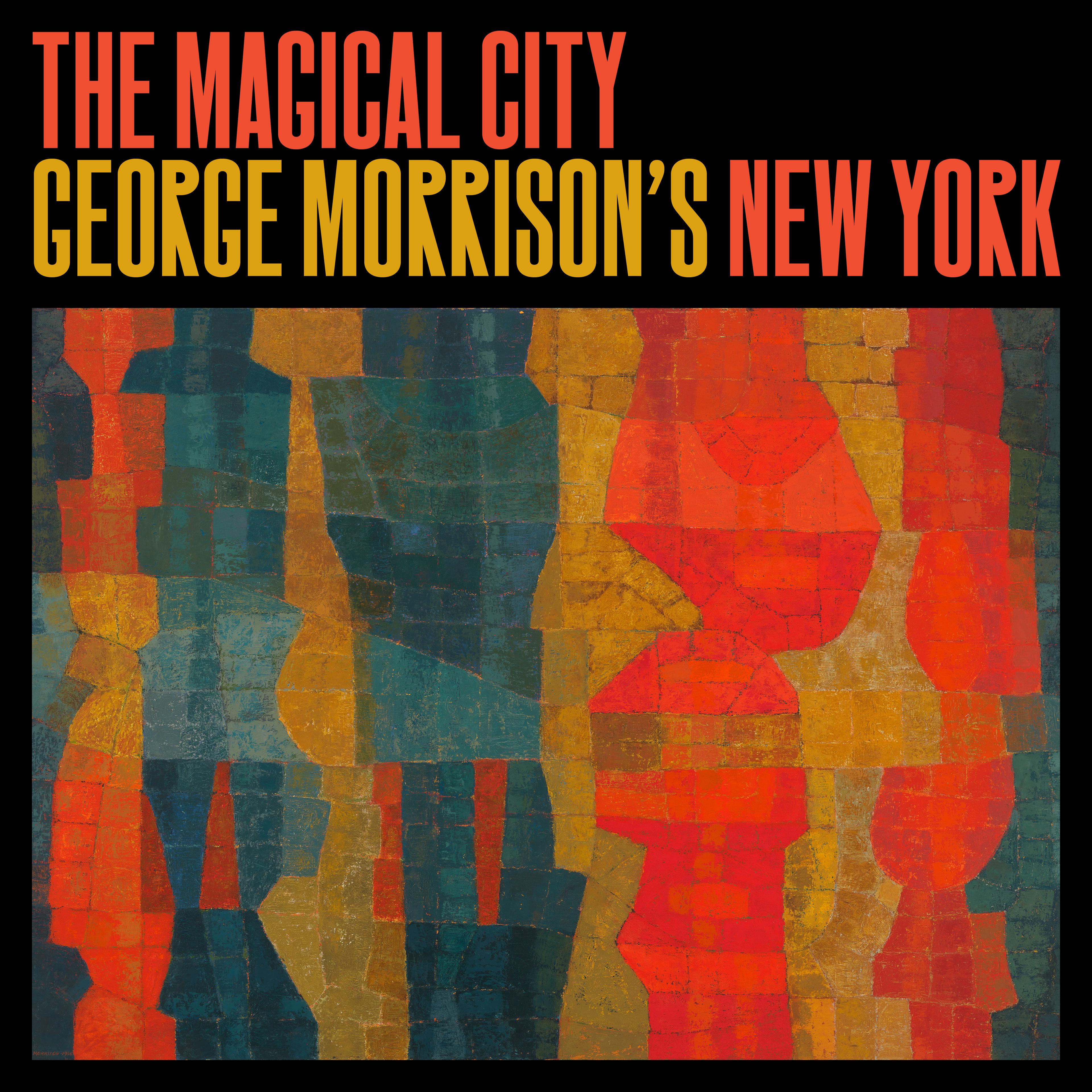Born in Chippewa City, a remote Native American village on the shore of Lake Superior in northern Minnesota, George Morrison (Wah-wah-ta-ga-nah-gah-boo and Gwe-ki-ge-nah-gah-boo, Grand Portage Chippewa, 1919–2000) overcame innumerable challenges—poverty, a life-threatening childhood illness, social isolation, racial and cultural barriers—to become a leader of the Abstract Expressionist movement, which he collaboratively defined both publicly and behind the scenes.
Morrison’s influence as an abstract expressionist painter began in 1943 when he traveled from rural Minnesota to New York City to study at the Art Students League on a scholarship. Immersing himself in the city’s vibrant cultural scenes, he studied painting and drawing, contributed to numerous exhibitions and publications, and openly challenged the mainstream art establishment of his generation.
In New York, Morrison formed meaningful connections with artists including Willem de Kooning, Franz Kline, Lois Dodd, and Louise Nevelson, among others. His deep appreciation for urban life—specifically, industrial landscapes, jazz, and literature—permanently shaped his artistic practice and imagery.
This exhibition explores how Morrison’s aesthetic inspiration and future trajectory drew from his love of New York, which he called a “Magical City.” Featuring 25 of his most important paintings and drawings from this early period, the exhibition culminates in his Horizon series. It also features rare archival materials that place Morrison at the heart of the Abstract Expressionist movement in 1940s and 1950s New York.
The exhibition is made possible by the Barrie A. and Deedee Wigmore Foundation and The Met’s Fund for Diverse Art Histories.
The exhibition is accompanied by an issue of The Metropolitan Museum of Art Bulletin.
The Bulletin is made possible by the William Cullen Bryant Fellows of The Metropolitan Museum of Art.
The Met’s quarterly Bulletin program is supported, in part, by the Lila Acheson Wallace Fund for The Metropolitan Museum of Art, established by the co-founder of Reader’s Digest.
Beautifully installed.
Exhibition Catalog
Exhibition Publication
This sumptuous edition of the Bulletin celebrates the life and work of an artist whose story provides a unique viewpoint on one of the most well-recognized modern art movements.
Image Credits
The Antagonist, 1956. Oil on canvas, 34 1/8 x 50 1/16 in. (86.7 x 127.2 cm). Whitney Museum of American Art, New York; Gift of Mrs. Helen Meredith Norcross. © George Morrison Estate. Photo © Whitney Museum of American Art / Licensed by Scala / Art Resource, NY.
